Although I grew up only about an hour away from the border, I had never played golf in Ohio until June 2022. That might seem surprising at first but it really isn’t—unless you have access to the state’s numerous excellent private courses, where would you go? The Virtues (formerly Longaberger) east of Columbus is supposed to be good as are several Cleveland-area courses. But why would I make a 3 or 4 hour drive out there when the same drive in the other direction gets me to Forest Dunes, Treetops, and Arcadia Bluffs? Actually, the better question is why I hadn’t played golf in Indiana until 2021 because it has several excellent public courses worth the trip.
But when I got an opportunity to play a few northern Ohio private courses in June 2022, I was happy to take it. One of these courses was Sylvania Country Club, which lies about a mile from the Michigan border in the northwest suburbs of Toledo. This is an old Willie Park Jr. course which, I had been told, is on some of the best land in northern Ohio. Now you usually don’t think of northwestern Ohio as a place where you’d find great land for golf—I certainly don’t see much of it driving I-75 or I-80—but this course lies in and above the floodplain of the Ottawa River and even in a flat area, land tends to get a bit more interesting for golf around a river.
And the land here was not oversold—it’s one of the best looking forested golf course sites that I’ve seen. The property is long and narrow and the routing is mostly back-and-forth, but the big rolling hills make for repeatedly interesting holes, even though there’s only one fairway bunker and not a ton of strategic interest. I suppose that there are spots where if you’re familiar with the course, you might want to lay back or hit it a little further to get a flatter lie or a better angle. But generally, a straight ball down the middle will work here, even if that isn’t always because of partial or sometimes full blindness.
To me, the course presents an interesting case of how much you value different elements of golf course architecture. To simplify heavily, there are two ways to make an interesting golf course: one that starts with good land and generates interest from the aesthetic and shot making value that the landforms combined with a good routing create (uneven lies, blind shots, playing off slopes) but has fewer created elements and a second on less interesting land that generates interest though interesting bunker placement/shaping and contouring, especially on and around the greens. Obviously the best courses have both and many have neither, but consider this simplified scenario of two courses, one with good land and few designed elements and one with mediocre land but good designed elements.
Sylvania is certainly in the former category. Despite the architectural pedigree, there aren’t a lot of added elements here. In addition to having only one fairway bunker, the green side bunkering is fairly standard (but good) and the greens are good, but nothing special. The green pads are built up in a simple, but appealing way (similar to Park Jr.’s Battle Creek) but there are probably fewer interesting contours here than there. Still, I’m inclined to favor a good type one course like this over a similarly good type two course because it’s hard for the hand of man to match the originality of the hand of God (or whatever process you believe in). Courses like this will have a natural uniqueness because all good land is different and there will be a few shots that look and play different from anything you’ve seen before. I wouldn’t say that I’d always prefer a type one over a type two course, but I think that all else equal, they’re where my sympathy lies.
Having said that, Sylvania doesn’t start on interesting land; it starts in a floodplain. The 380 yard first isn’t an original hole—apparently the old first was where the driving range is now. The drive lacks distinction but the second plays uphill to a green cut into a hill at the base of an apartment building. Not the most exciting first hole, but solid and not too difficult.
But when I got an opportunity to play a few northern Ohio private courses in June 2022, I was happy to take it. One of these courses was Sylvania Country Club, which lies about a mile from the Michigan border in the northwest suburbs of Toledo. This is an old Willie Park Jr. course which, I had been told, is on some of the best land in northern Ohio. Now you usually don’t think of northwestern Ohio as a place where you’d find great land for golf—I certainly don’t see much of it driving I-75 or I-80—but this course lies in and above the floodplain of the Ottawa River and even in a flat area, land tends to get a bit more interesting for golf around a river.
And the land here was not oversold—it’s one of the best looking forested golf course sites that I’ve seen. The property is long and narrow and the routing is mostly back-and-forth, but the big rolling hills make for repeatedly interesting holes, even though there’s only one fairway bunker and not a ton of strategic interest. I suppose that there are spots where if you’re familiar with the course, you might want to lay back or hit it a little further to get a flatter lie or a better angle. But generally, a straight ball down the middle will work here, even if that isn’t always because of partial or sometimes full blindness.
To me, the course presents an interesting case of how much you value different elements of golf course architecture. To simplify heavily, there are two ways to make an interesting golf course: one that starts with good land and generates interest from the aesthetic and shot making value that the landforms combined with a good routing create (uneven lies, blind shots, playing off slopes) but has fewer created elements and a second on less interesting land that generates interest though interesting bunker placement/shaping and contouring, especially on and around the greens. Obviously the best courses have both and many have neither, but consider this simplified scenario of two courses, one with good land and few designed elements and one with mediocre land but good designed elements.
Sylvania is certainly in the former category. Despite the architectural pedigree, there aren’t a lot of added elements here. In addition to having only one fairway bunker, the green side bunkering is fairly standard (but good) and the greens are good, but nothing special. The green pads are built up in a simple, but appealing way (similar to Park Jr.’s Battle Creek) but there are probably fewer interesting contours here than there. Still, I’m inclined to favor a good type one course like this over a similarly good type two course because it’s hard for the hand of man to match the originality of the hand of God (or whatever process you believe in). Courses like this will have a natural uniqueness because all good land is different and there will be a few shots that look and play different from anything you’ve seen before. I wouldn’t say that I’d always prefer a type one over a type two course, but I think that all else equal, they’re where my sympathy lies.
Having said that, Sylvania doesn’t start on interesting land; it starts in a floodplain. The 380 yard first isn’t an original hole—apparently the old first was where the driving range is now. The drive lacks distinction but the second plays uphill to a green cut into a hill at the base of an apartment building. Not the most exciting first hole, but solid and not too difficult.
The second is an awkward par 5 that criss-crosses the Ottawa River. It’s only about 260 to run into the river from the regular tees. Even if you put your drive right at the end of the fairway, going for it in two would require about a 240 yard carry over the river to a green without much bailout room. Best to play this hole conservatively.
But the first two holes aren’t really part of the course that I described above—Sylvania starts to get going with the par 3 third. This is an excellent, uphill par 3 of about 160 yards to a small green that pitches steeply from back-to-front.
And it gets even better with the 500 yard fourth. This hole starts with a completely blind over a hill about 80 yards in front of the tee—evidence that it was designed by an Englishman. But once you clear the hill, the rest of the hole sprawls out in front of you. It’s a beautiful sight, one that reminded me of the seventh hole on the Old Course at Sunningdale (also a Park Jr. course).
The landforms don’t just create beauty. Two hills cut into the fairway in the right side of the layup zone and you either need to carry these, which probably require you to get within about 120 yards of the green, or play out to the left, which will leave you an awkward angle. If you go for the green, two bunkers left keep you honest but mounds short and right of the green may allow you to kick one in. This is a fine example of great land making a great hole.
Fairway contours also generate the main interest in the long par 4 fifth. If you carry it about 250, your ball will kick forward. If not, you get stuck on a hill and have a long second shot. The green is open in front and will accept a long shot but as with several greens, the fairway mowing lines could be expanded here.
Apparently the flat, 170 yard sixth is non-original, which you might figure if you didn’t know because you basically have to walk from the green back to the tee for the seventh tee. But I appreciated the minimalist construction around the green, which I felt fit in well with the rest.
Seven has a choice of two tees—left, not far from the fifth green and right, closer to the sixth. While I assume that the former is the original, I prefer the latter. This makes the drive a dogleg right and either requires you to lay back, or hit a fade around a large oak tree (the only kind here) on the right. The fairway slopes a bit from right-to-left, so the fade really comes in handy here.
The approach is uphill to a ridgeline green and you really don’t want to go long.
The par 5 eighth is a simple driving hole, but the hole gradually narrows as you near the green. At about 550 yards, most won’t be able to go for it in two and the premium is on an accurate layup.
The weakness of Sylvania is its consecutive par 3s nine and ten, which play in the opposite direction across the Ottawa River. They’re both about 150 yards and feel like the same hole. A further detraction of the ninth is a green that is clearly massively shrunken from its original pad.
Eleven features the course’s only fairway bunker on the left, but it’s small and the fairway is wide, so it shouldn’t be much of an issue. Like number five, the bigger issue again is making sure that you reach the top of the hill, probably ~240 yards. The approach is downhill over a ditch to a green that pitches pretty good from right-to-left. It’s not a hard approach if you’ve cleared the hill but it would be if you haven’t.
While the contours of the land have played an important role in several holes so far, there’s none in which they’re a more integral part of what makes the hole than on the long par 4 twelfth. This is simply one of the best long par 4s that I’ve seen.
It’s another uphill drive and the hole clearly turns left. The slope suggests either playing a draw or hugging the left tree line. Doing one of these is more important that you’d think—it’s pretty easy to run out of room on the right if you push it. If you pull it off, your ball will kick forward and you’ll have a short to mid-iron. If not, you’ll be stuck up on the hill and have a long iron or fairway wood and it’ll require a solid second to carry a diagonal ditch that runs about 20 yards short of the green. A shot from the ditch is perfectly playable but obviously, you’d rather not be there. And it’s just much easier to avoid that if you’ve hit a good drive.
It’s another uphill drive and the hole clearly turns left. The slope suggests either playing a draw or hugging the left tree line. Doing one of these is more important that you’d think—it’s pretty easy to run out of room on the right if you push it. If you pull it off, your ball will kick forward and you’ll have a short to mid-iron. If not, you’ll be stuck up on the hill and have a long iron or fairway wood and it’ll require a solid second to carry a diagonal ditch that runs about 20 yards short of the green. A shot from the ditch is perfectly playable but obviously, you’d rather not be there. And it’s just much easier to avoid that if you’ve hit a good drive.
There’s a long walk back to the regular tees on the mid-length par 4 thirteenth and a really long one (>200 yards) to the tips. The land in this part of the course is tamer but you’ll need accuracy to avoid being blocked by trees left (jail) and right (more manageable). Apparently this green is also not an original but it sits very simply on the land and I liked its look.
Of all the holes on the course, the one that gave me the most ‘Park Jr. in England’ flavor was the fourteenth: a 220 yard partially blind par 3 over a ridge. I suspect that originally, this hole might have been completely blind but that the club cut a gap in the middle of the ridge, which they used to build up the walkway that leads to it. There’s just one bunker left and the contours allow you to feed you ball onto the green from the right, similar to Park Jr.’s seventh green at Stoneham near Southampton, England.
Great hole, but I’d like it even more if they filled the gap in the ridge to make it completely blind and moved a rock back and forth along the ridge to indicate the day’s pin placement. That’d be an all-world par 3.
Great hole, but I’d like it even more if they filled the gap in the ridge to make it completely blind and moved a rock back and forth along the ridge to indicate the day’s pin placement. That’d be an all-world par 3.
Fifteen features another drive up-and-over a ridge. Best to position your drive up the left (near the spruce trees) to leave the best angle in.
Sixteen is another straight-away par 5 but features one of the more uncomfortable drives as trees pinch left and right in the driving zone. The second is mostly blind over a rise but like most holes here, you’ll be fine if you just aim (and hit it) down the middle.
Seventeen, another par 5, is an easier driving hole as long as you don’t push one to the right and get blocked by trees. If you do, it’ll be more difficult to carry the blind ditch that runs up about 70 yards short of the green. It’ll be easy for a decent length hitter to reach the green off a good drive but there are several bunkers short and you’ll need to make the full carry.
Eighteen is probably the toughest driving hole and maybe just the toughest par 4. It’s about 260 to the sycamore on the left and that’s just past where you’ll want to hit it. Anything down the right side will be blocked by a black walnut on the other side of the river. The approach is probably one club uphill and it’s all carry.
I mentioned at the outset that all else equal, I prefer a course like Sylvania which has good land and modest design over the opposite. The landforms make for a lot of interesting drives and lies than most courses that you’ll see. I didn’t say much about the trees, but they play an important role here too. More than most courses I can think of, they favor shaping off the tee without being too imposing. They’re also spaced far enough apart where if you hit it in them, you’ll often have a shot. Finally, they’re oaks, so they let in enough sunlight for grass to grow. The density of the grass is perfect because the course is mostly on high ground and these areas are unirrigated.
I do think that Sylvania would benefit from a few fairway bunkers because there are a few drives which lack interest—after all, great land and great design is better than great land and good design. More important is restoring the greens; there are several that have clearly shrunken from their original pads. I think that this would especially help with the par 3s around the river.
But Sylvania is a good, old course and we don’t have too many of these in the area. Hopefully the club will follow the recent restoration trend and bring some of these greens back to their original sizes and shapes.
I do think that Sylvania would benefit from a few fairway bunkers because there are a few drives which lack interest—after all, great land and great design is better than great land and good design. More important is restoring the greens; there are several that have clearly shrunken from their original pads. I think that this would especially help with the par 3s around the river.
But Sylvania is a good, old course and we don’t have too many of these in the area. Hopefully the club will follow the recent restoration trend and bring some of these greens back to their original sizes and shapes.
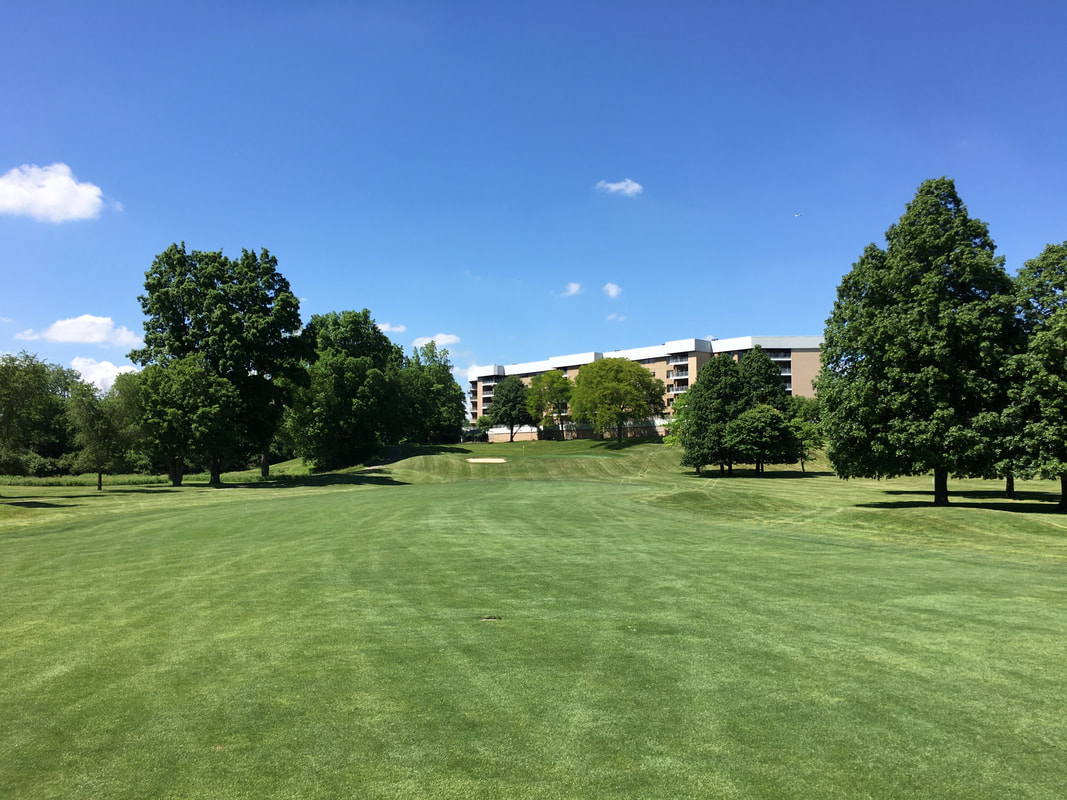
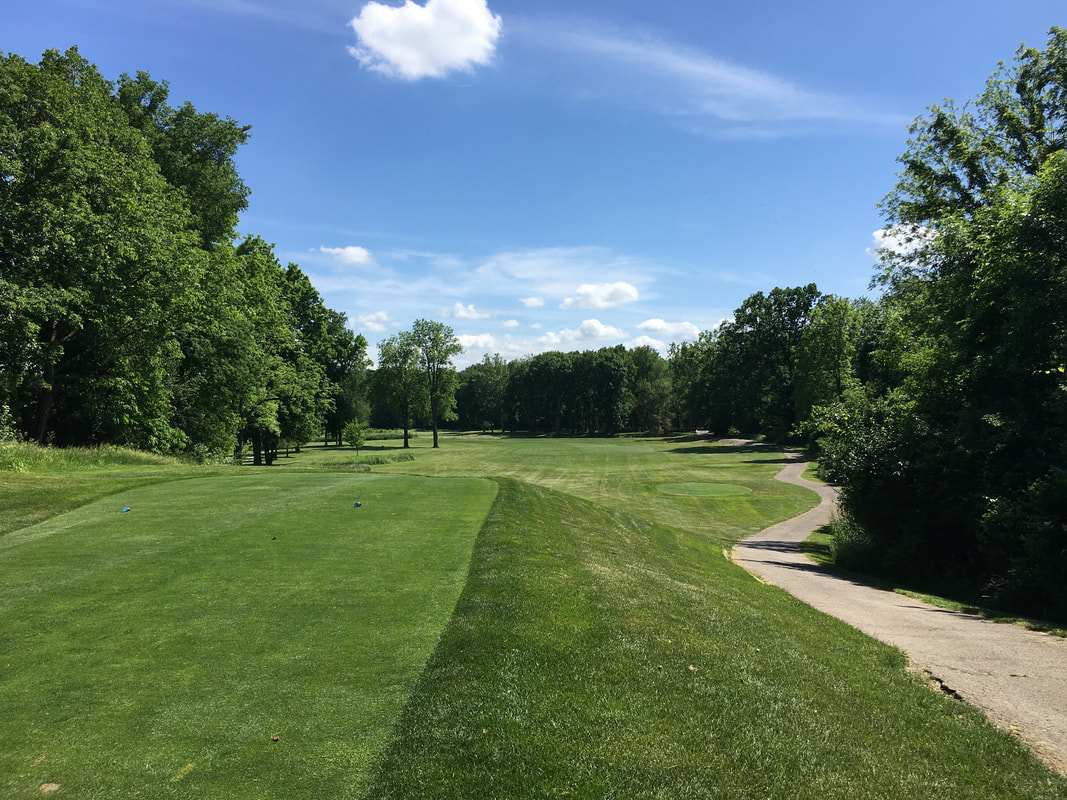
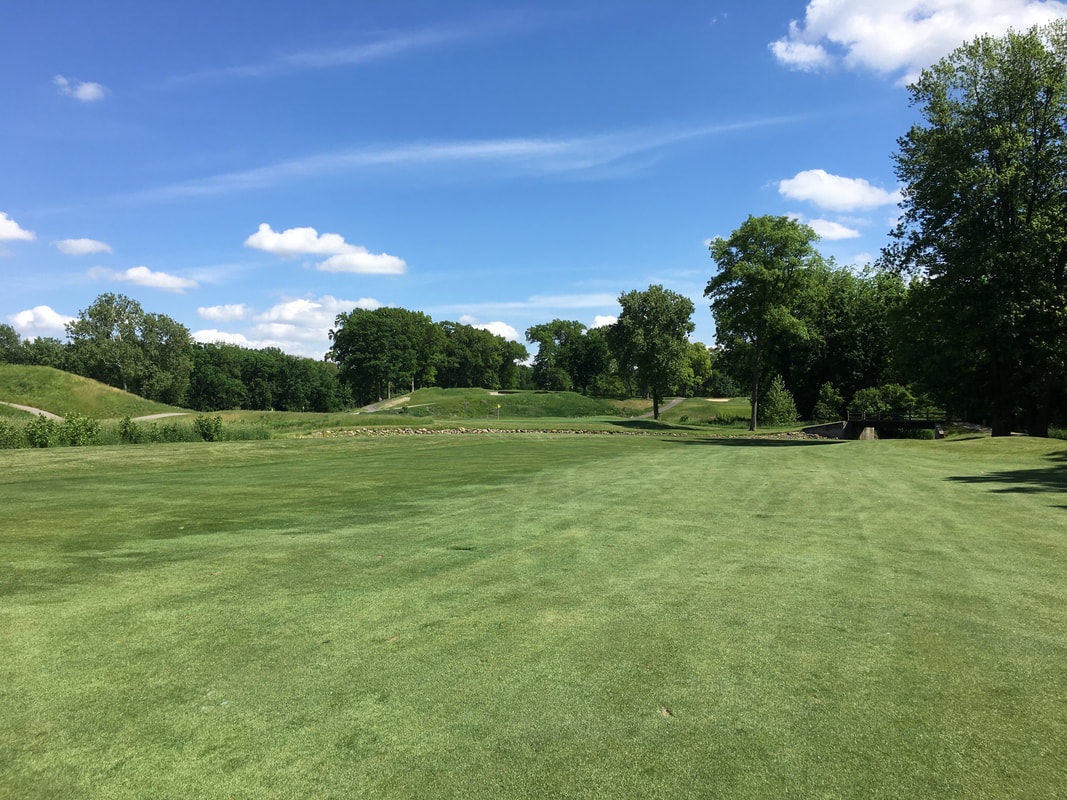
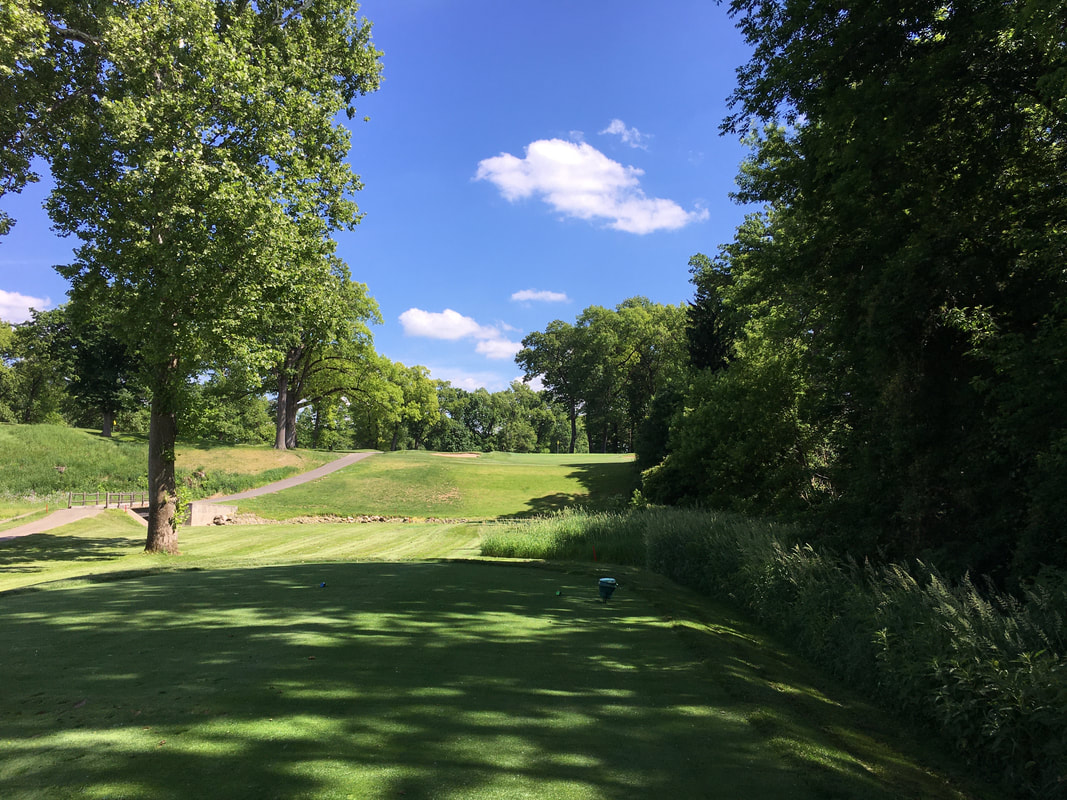
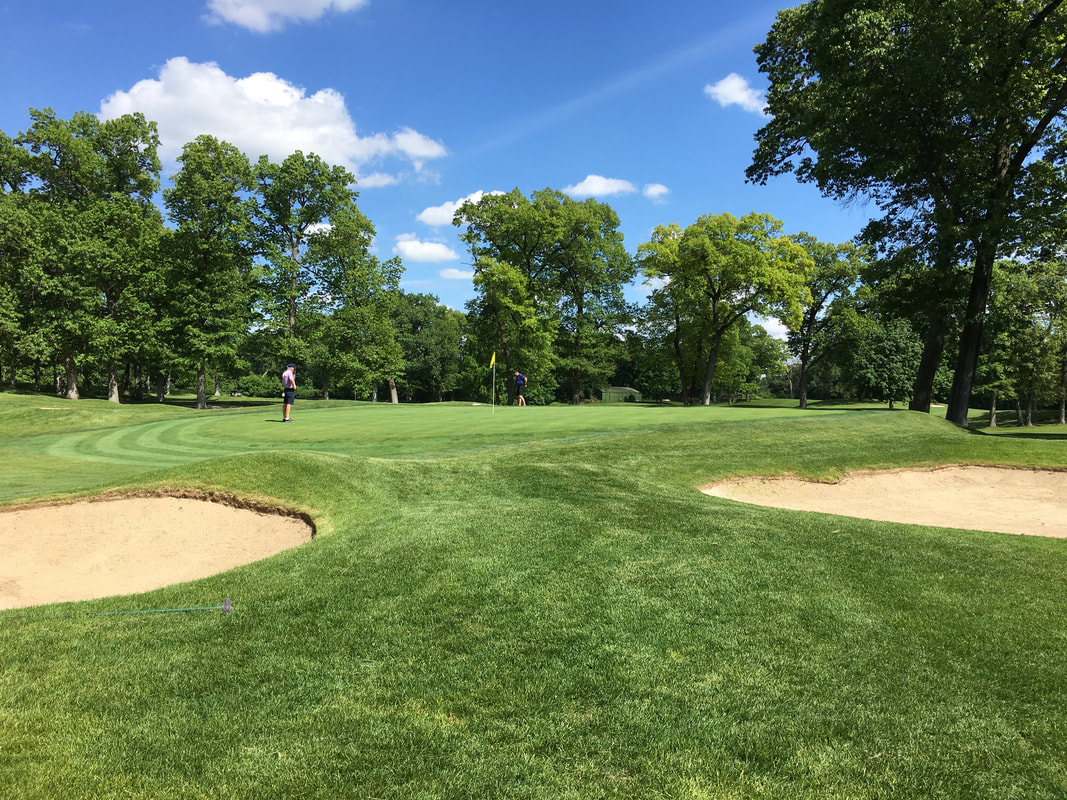
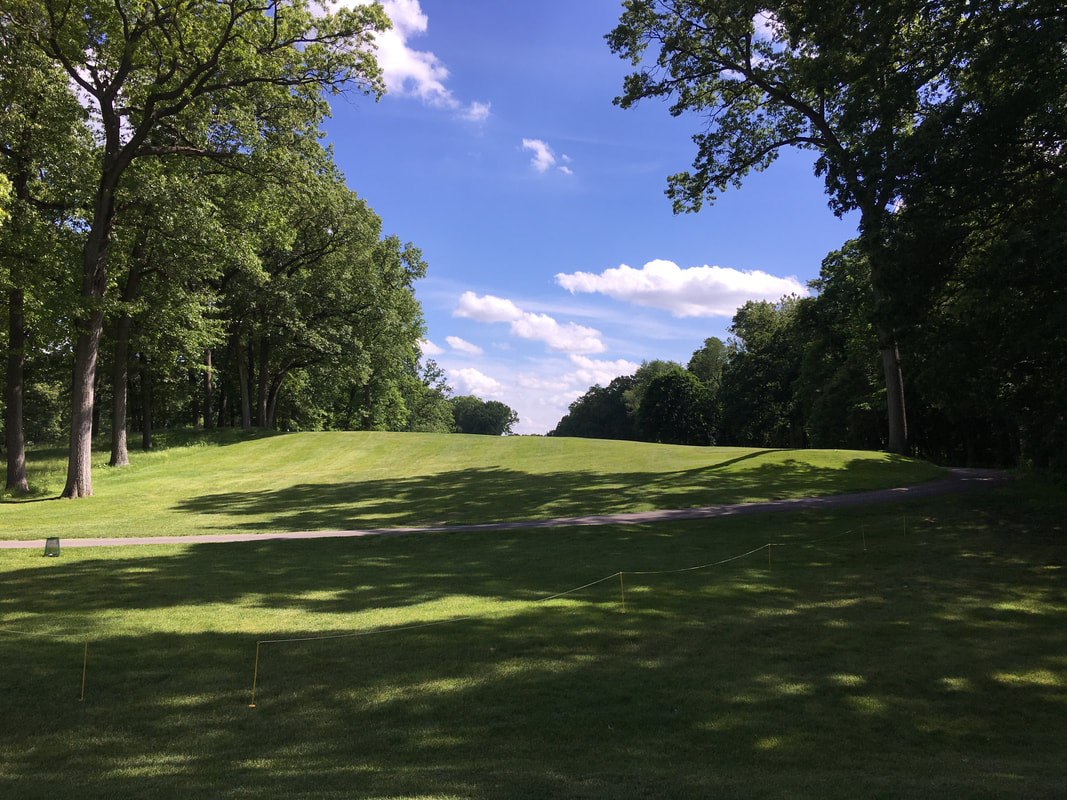
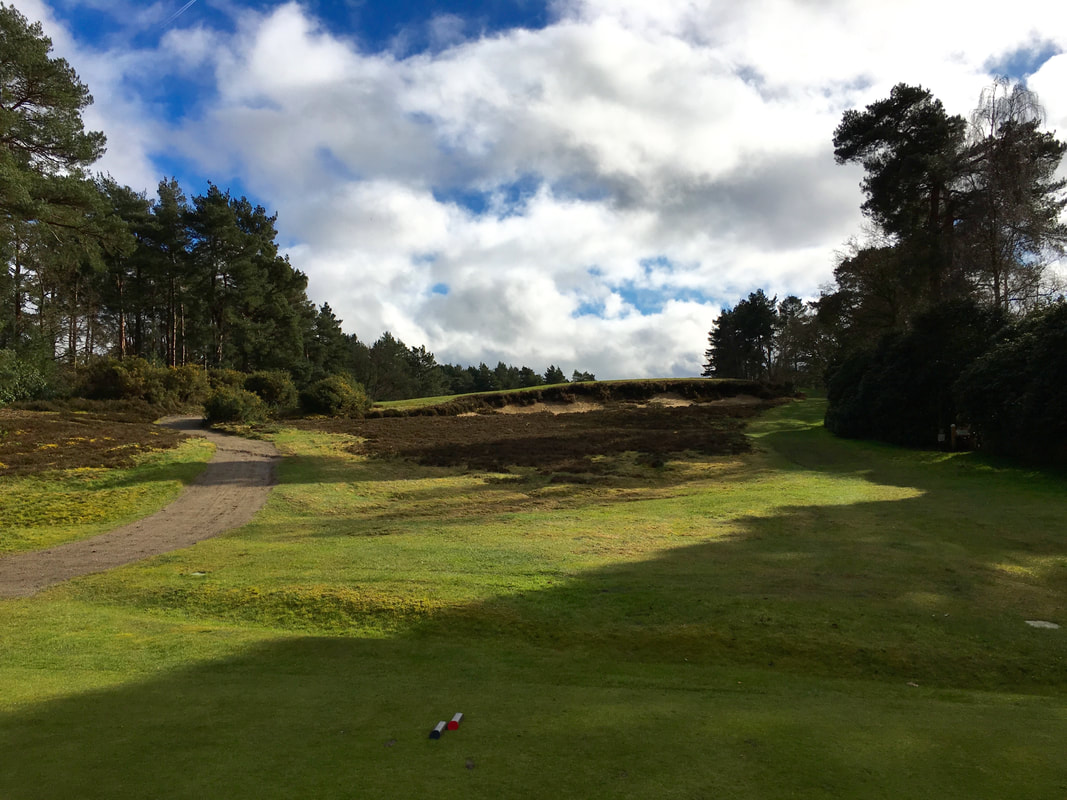
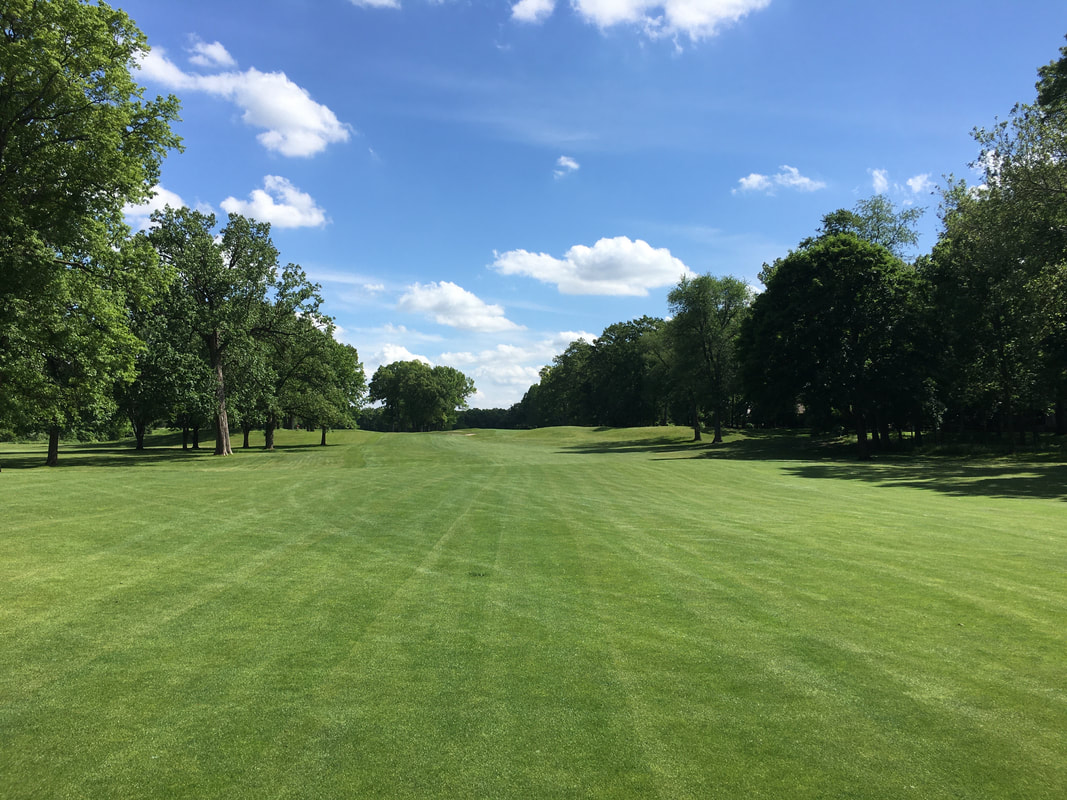
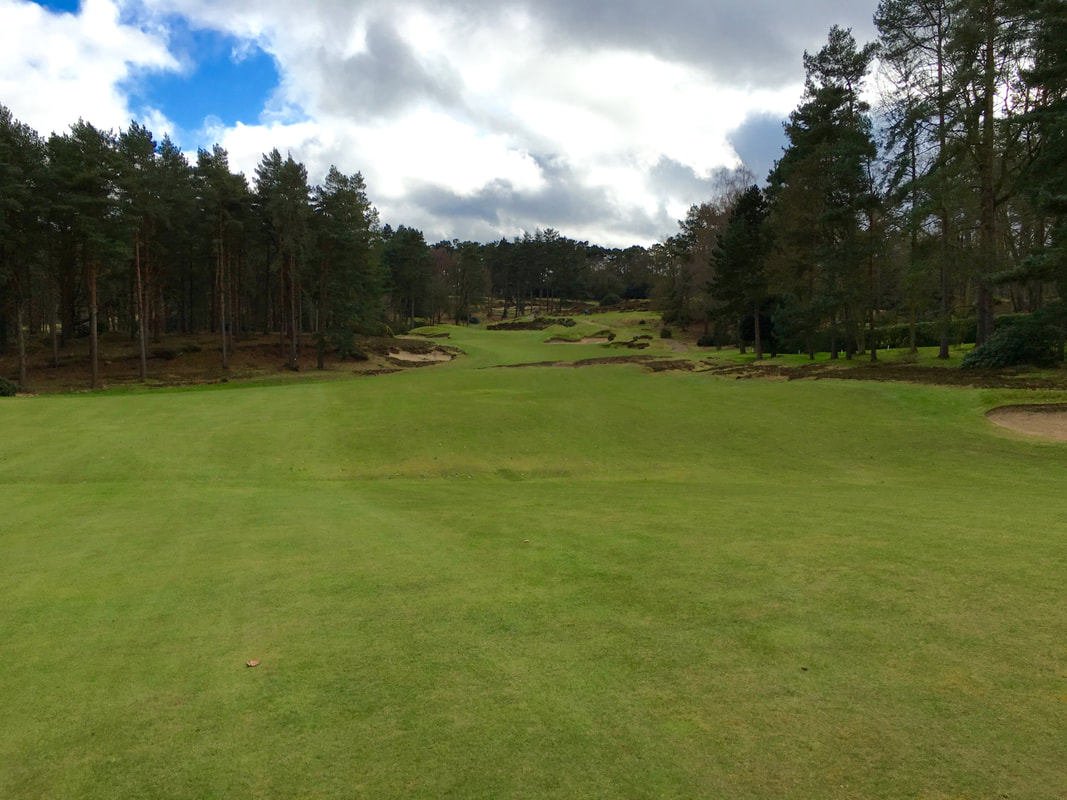
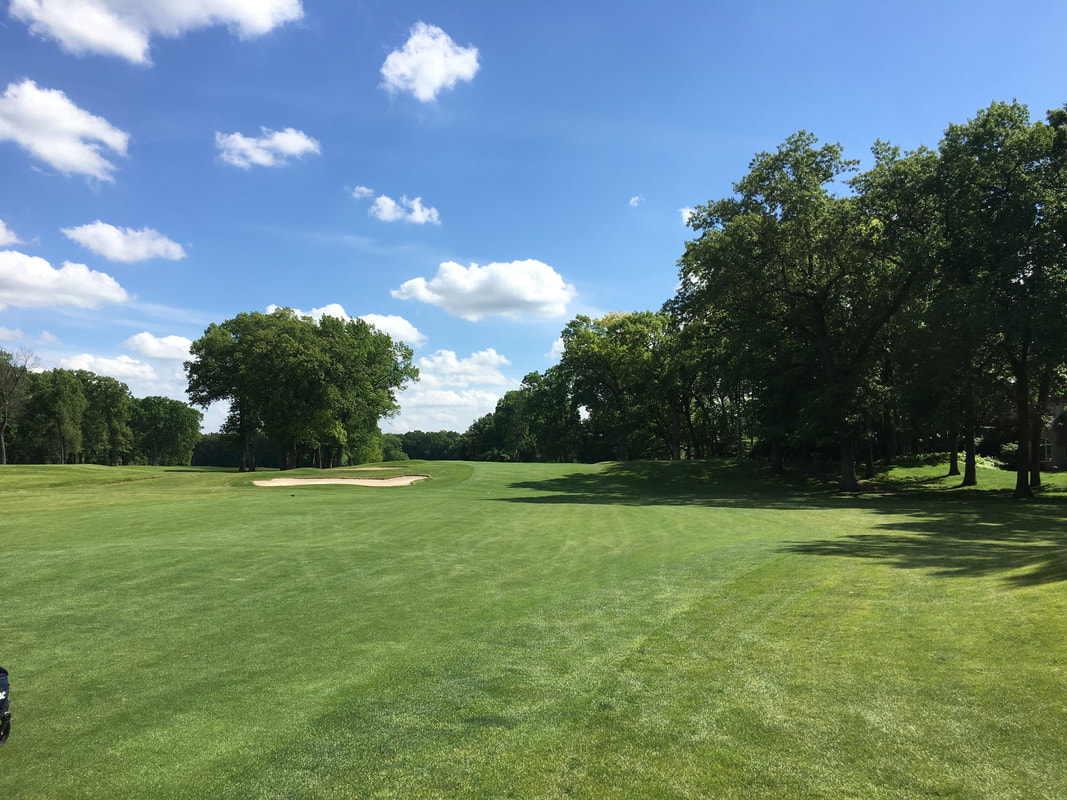
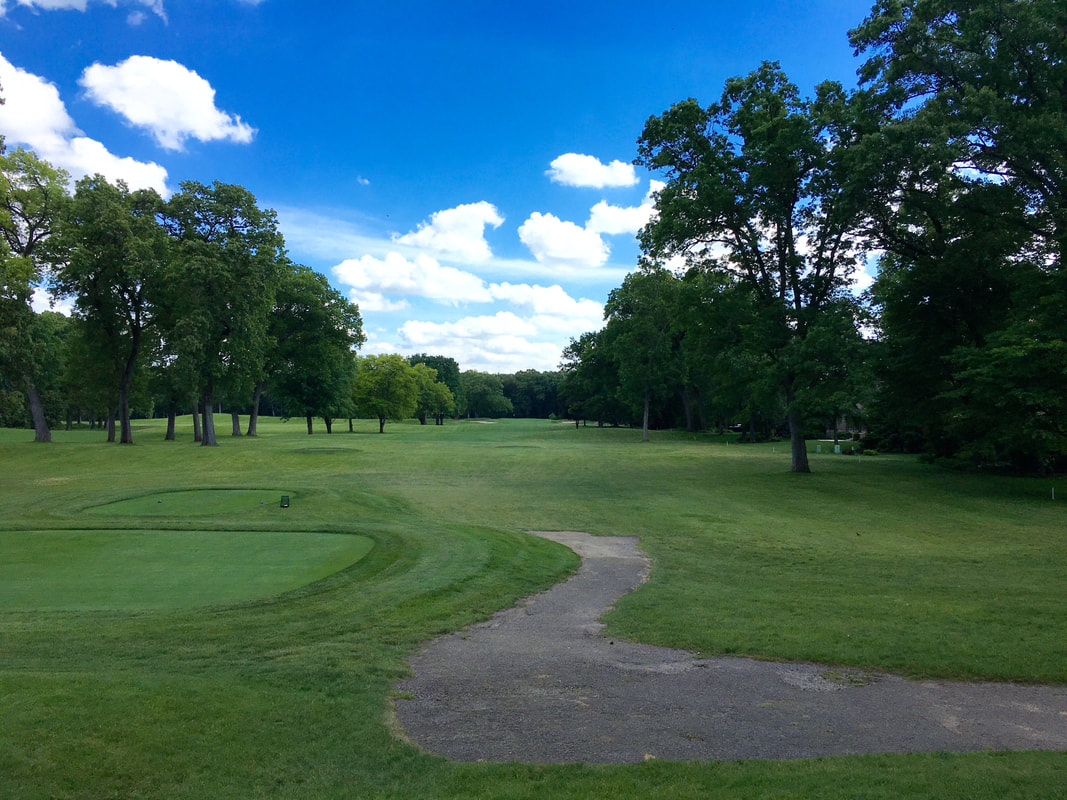
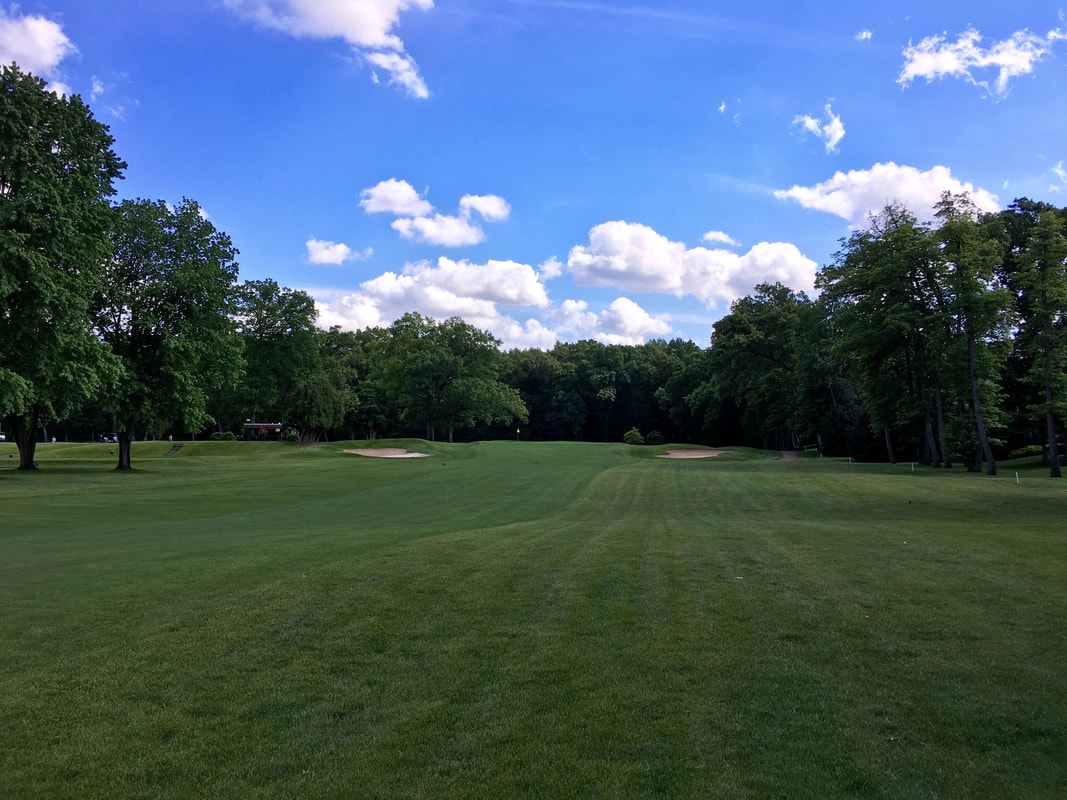
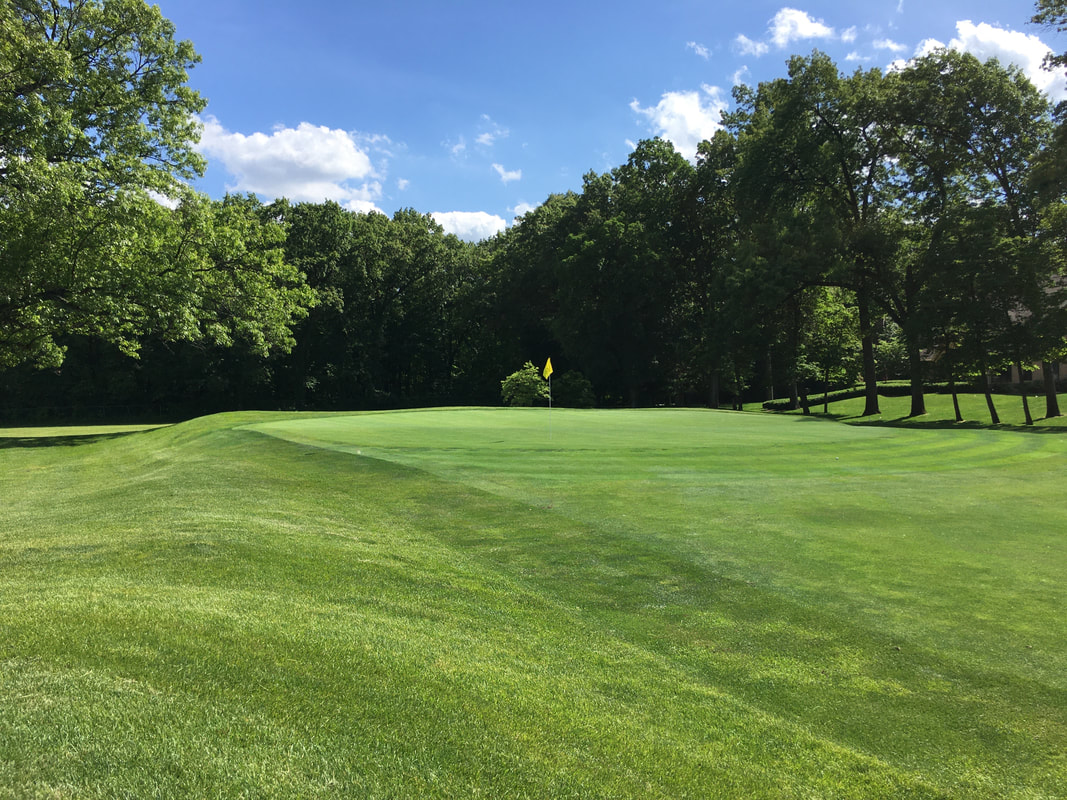
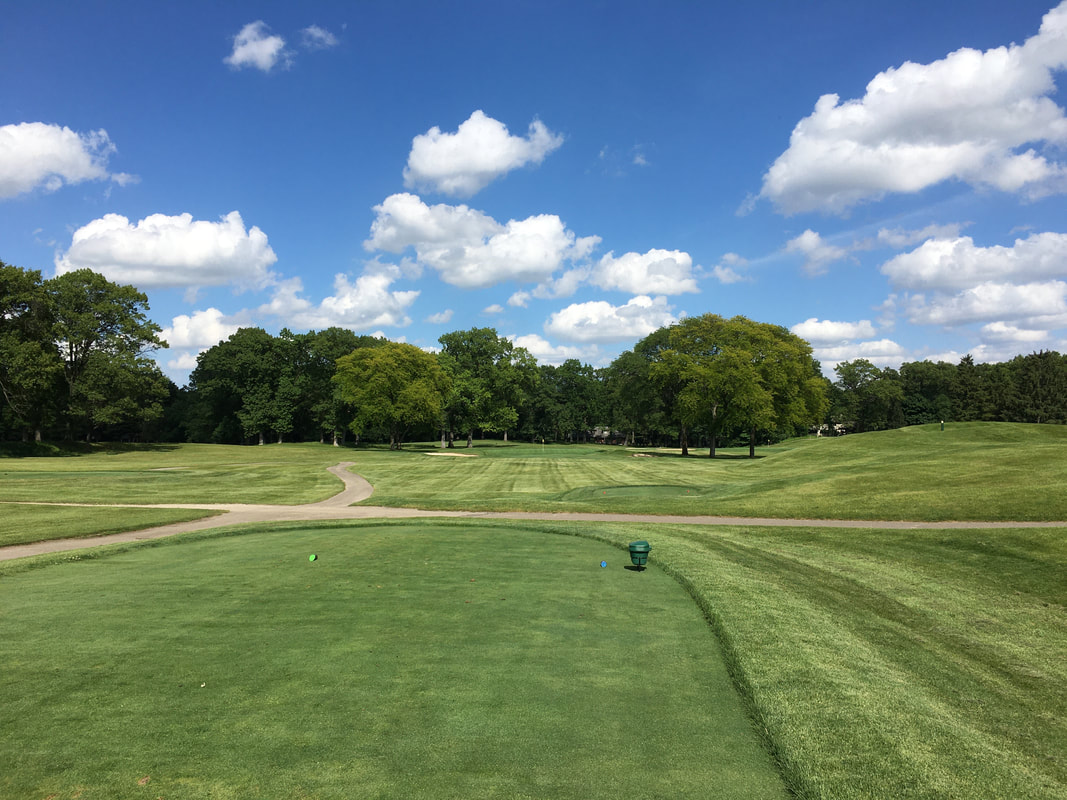
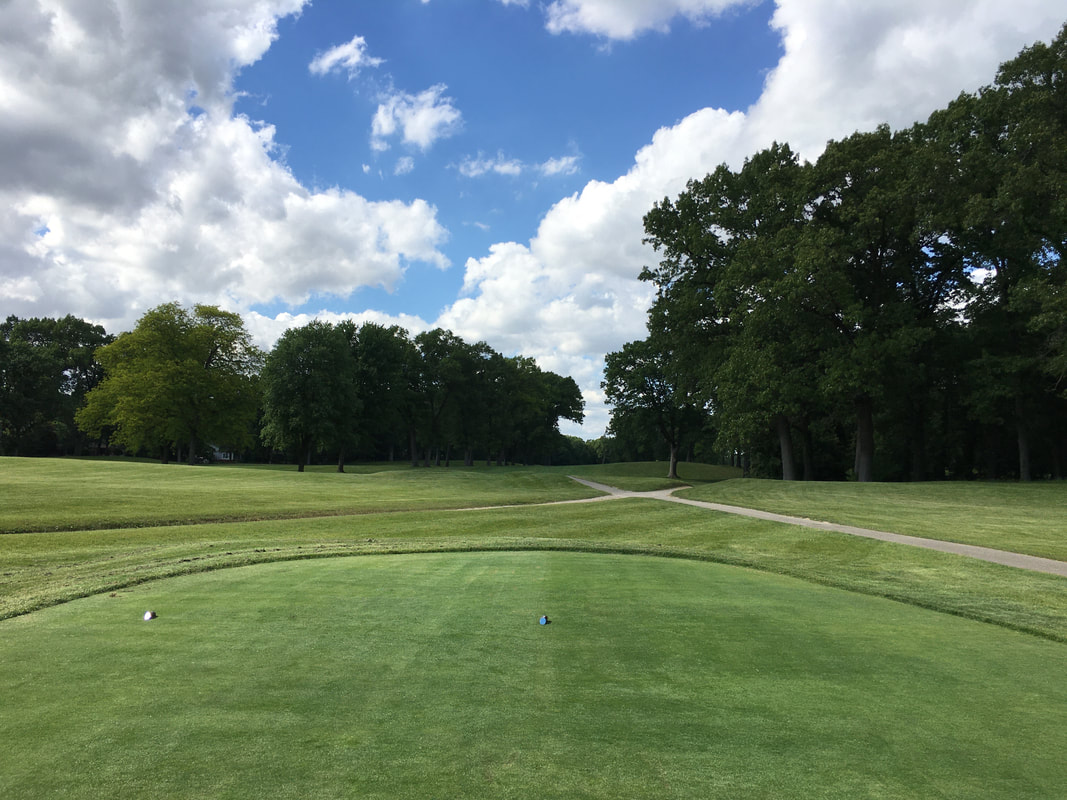
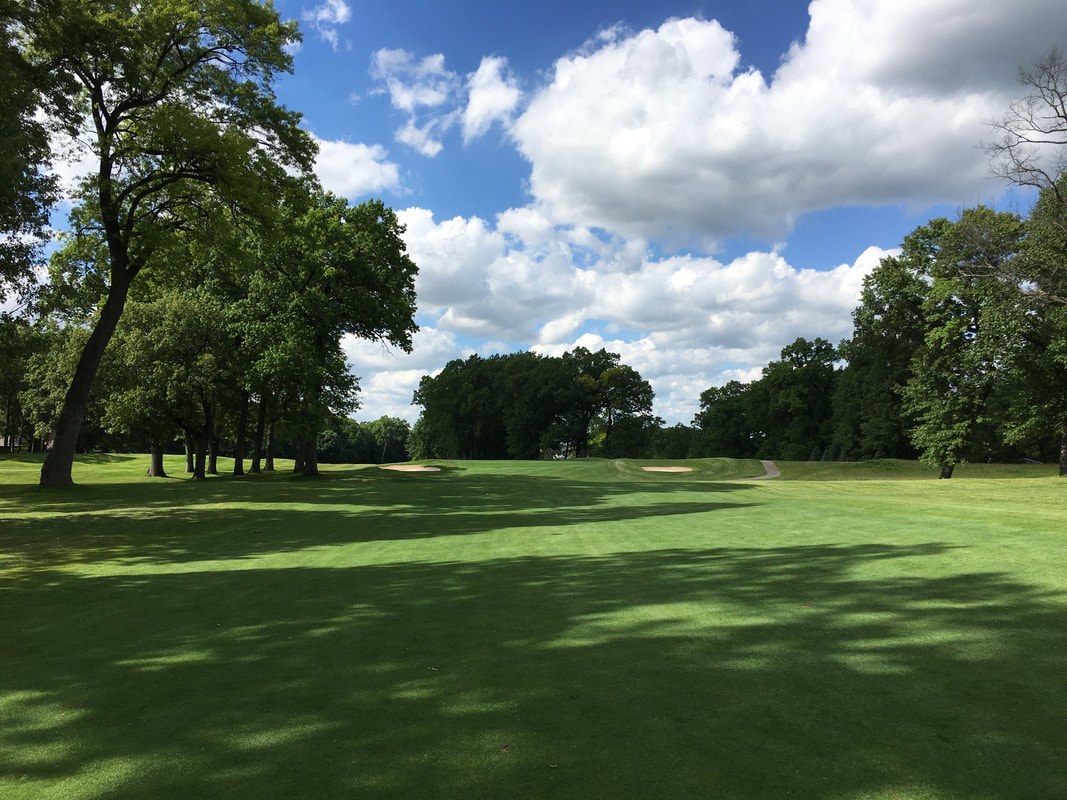
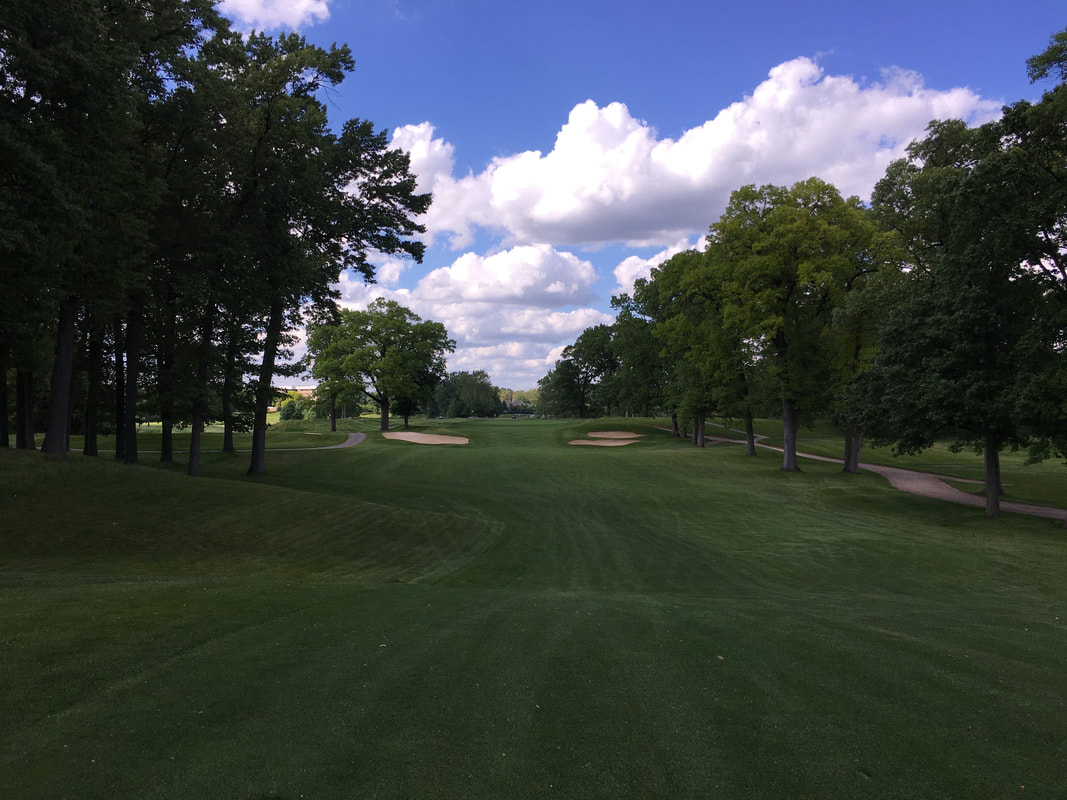
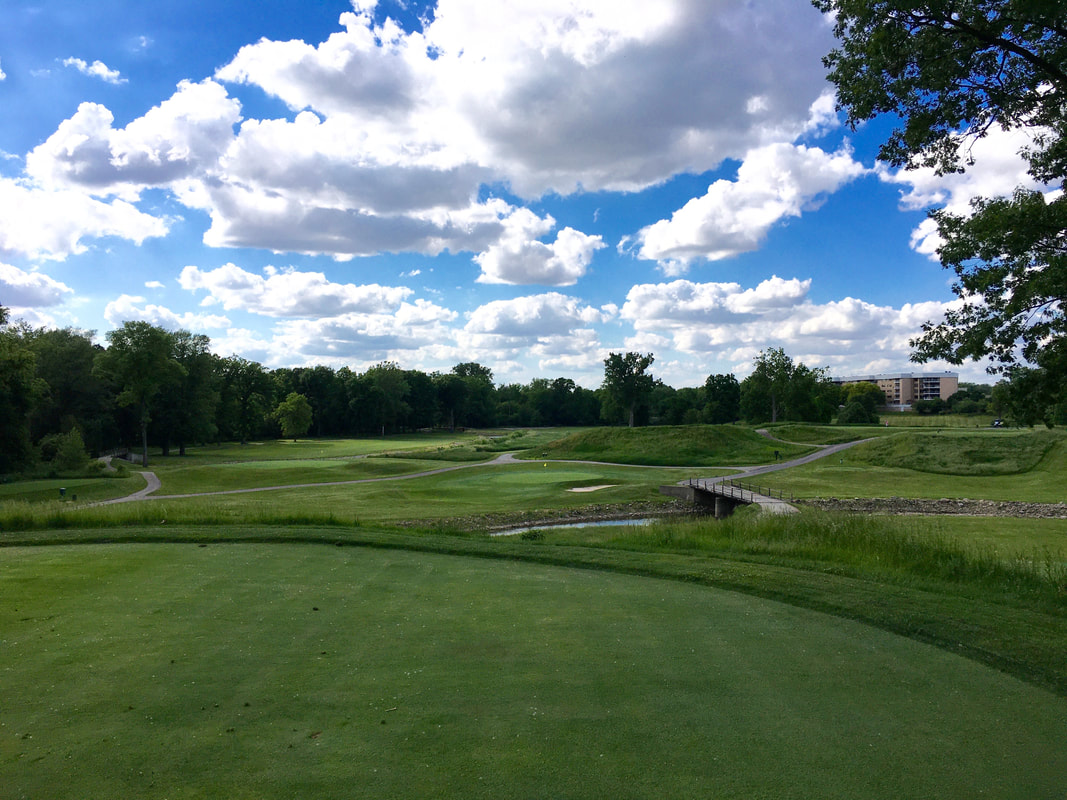
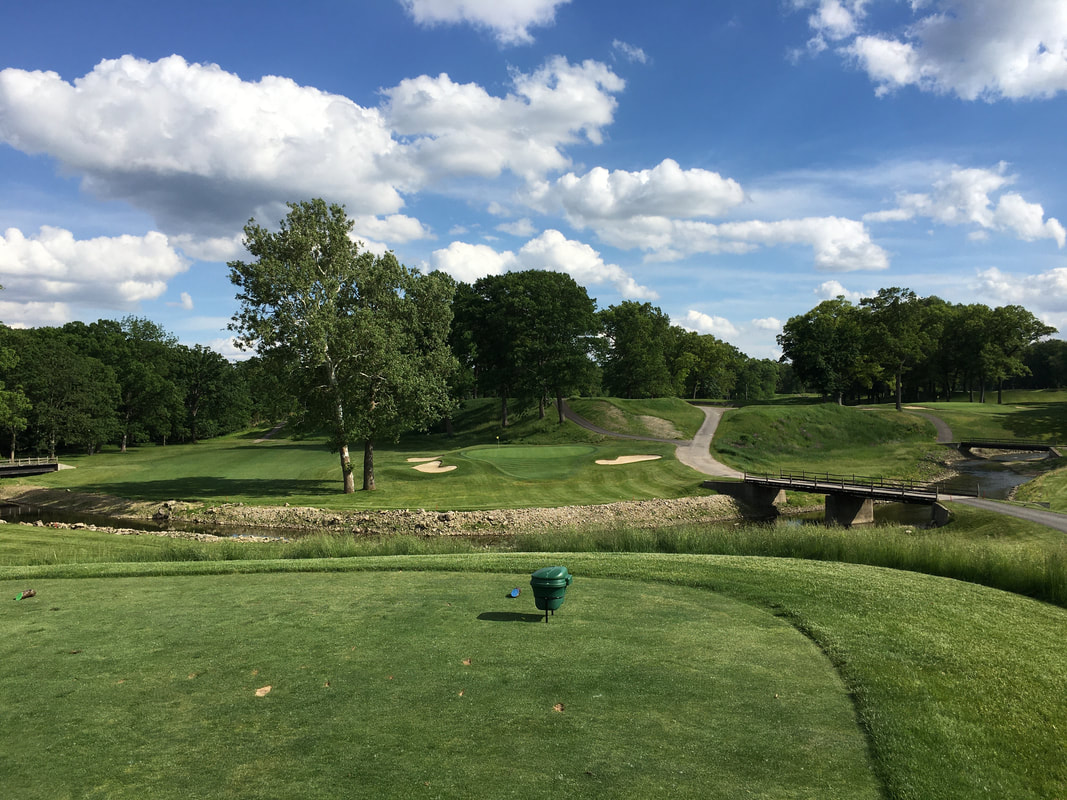
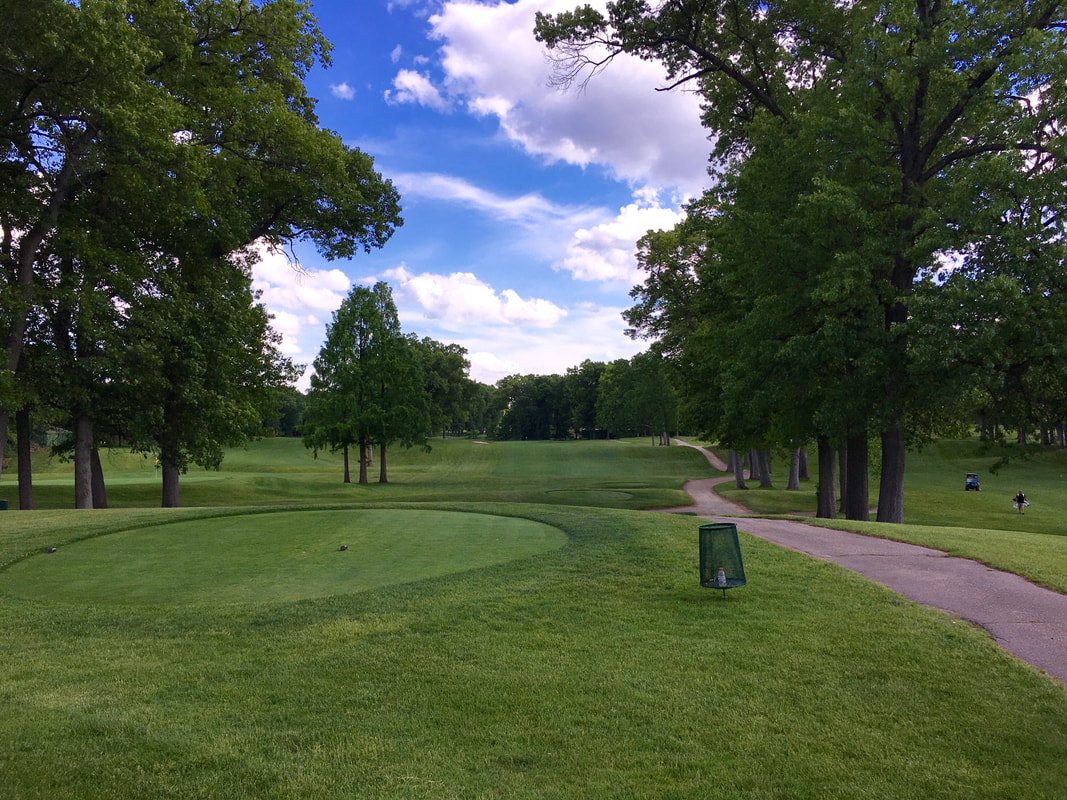
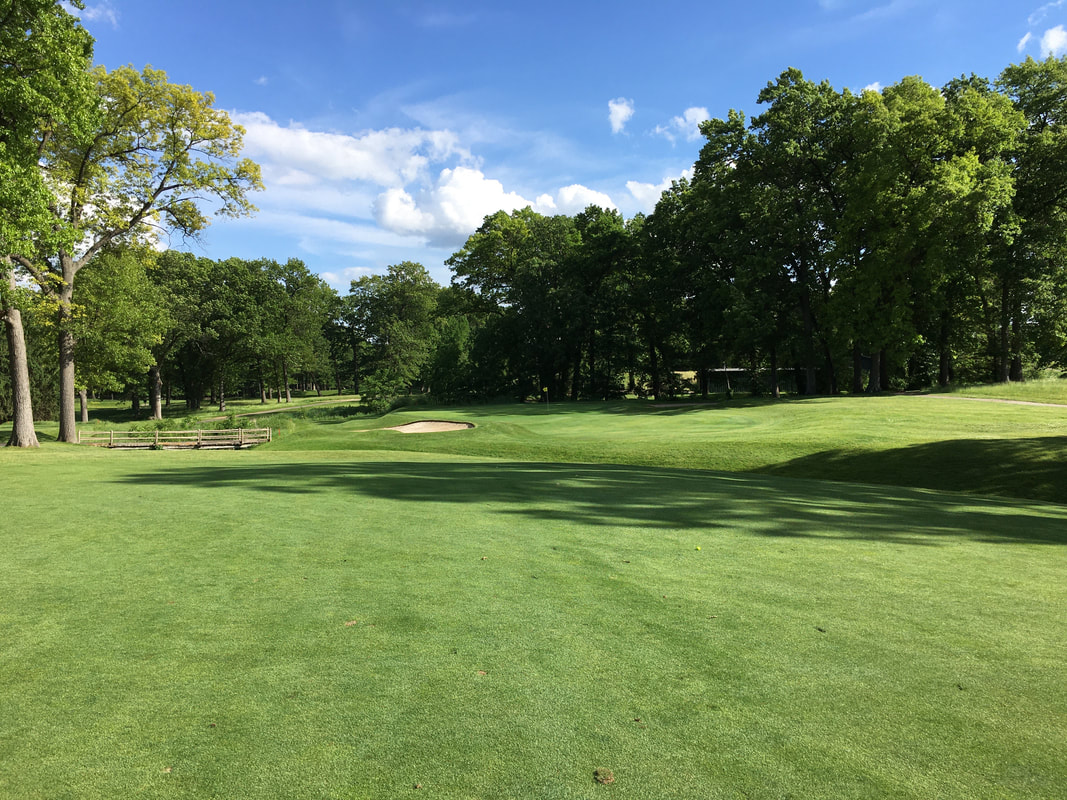
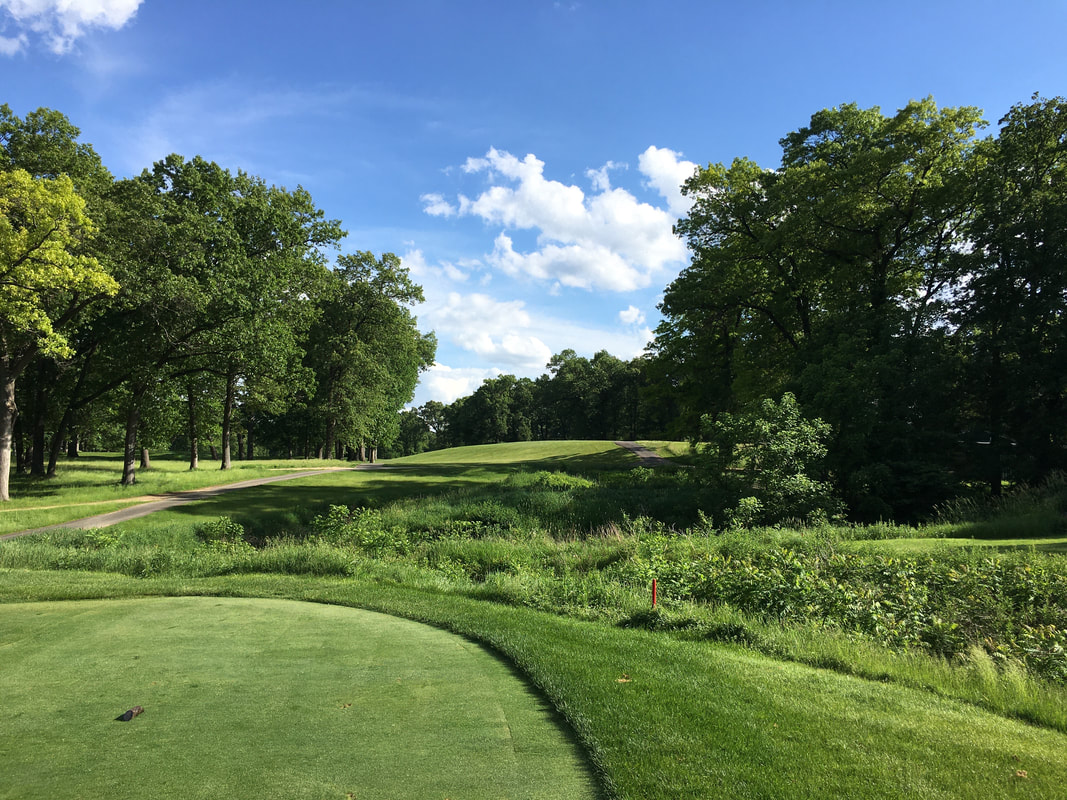
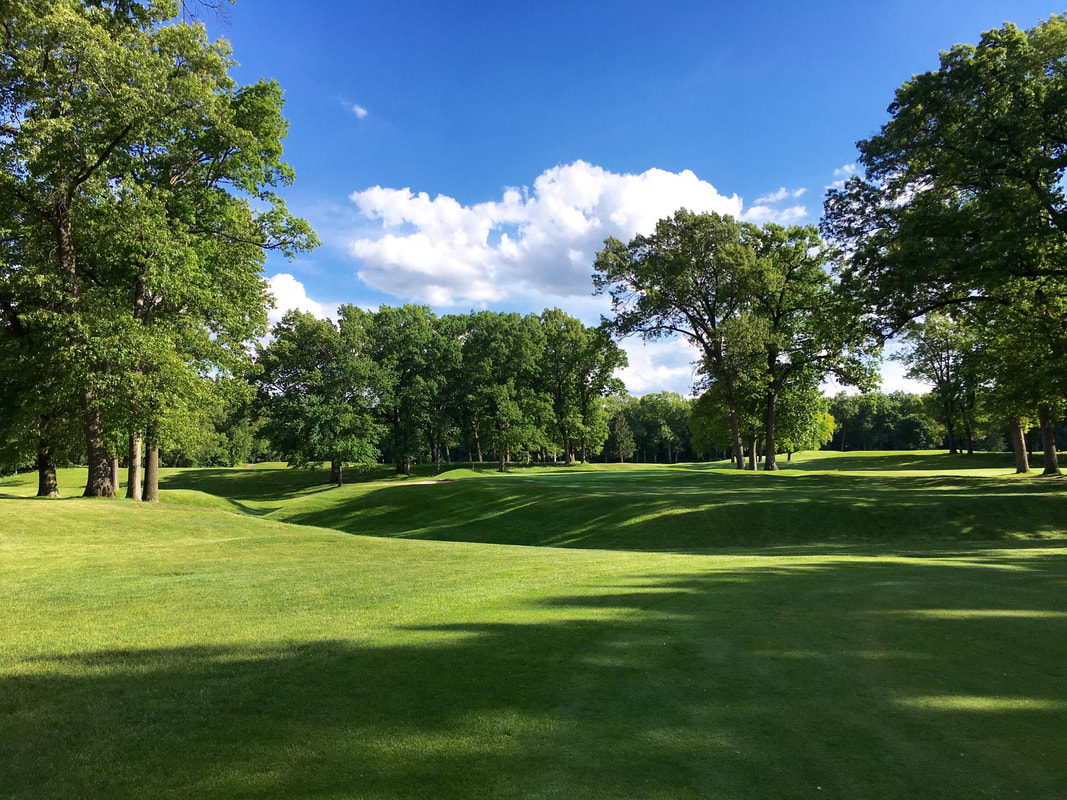
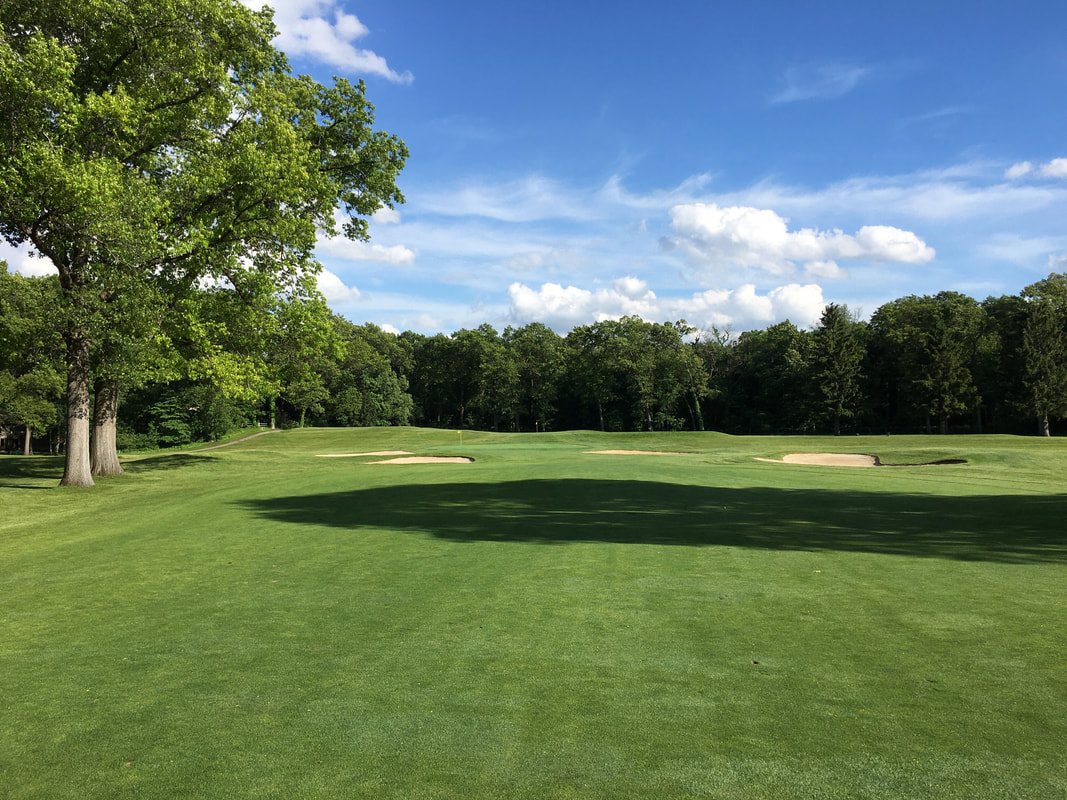
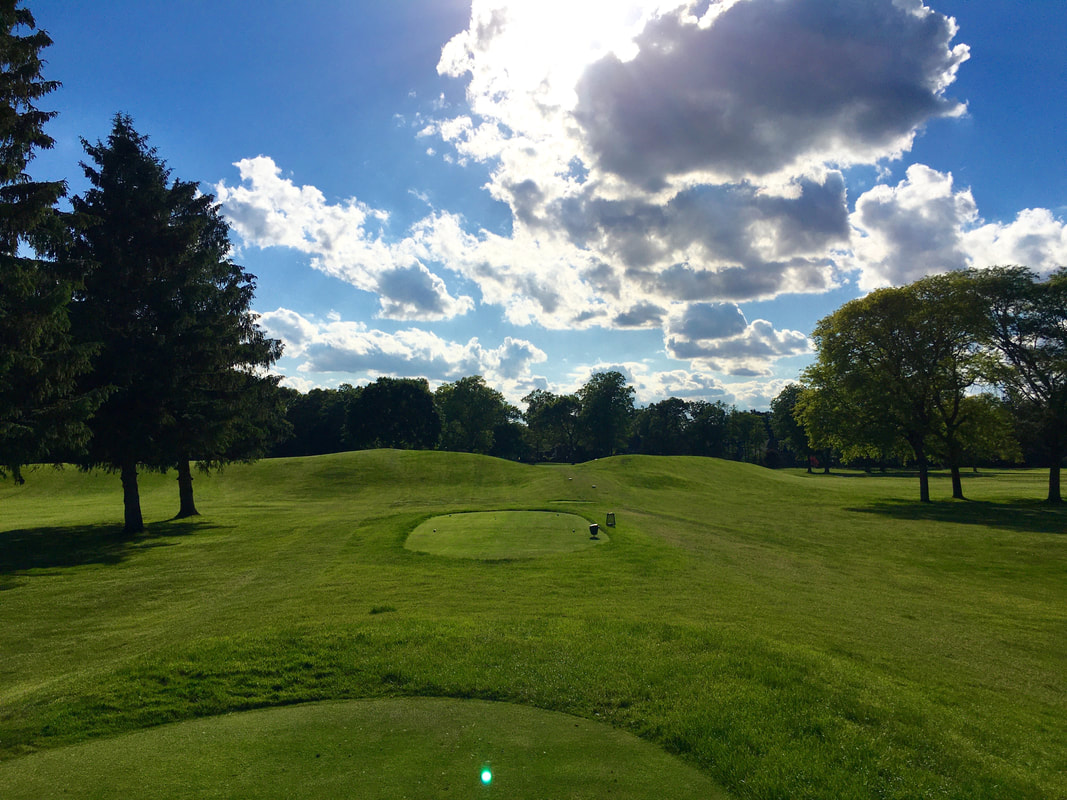
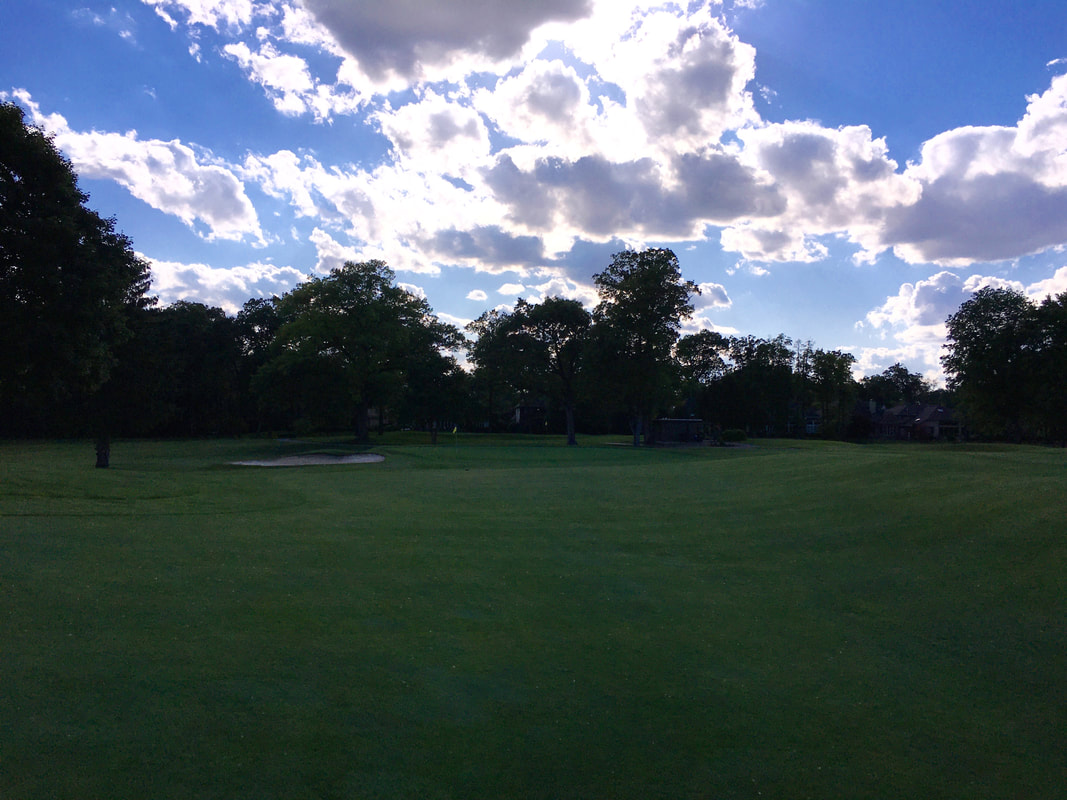
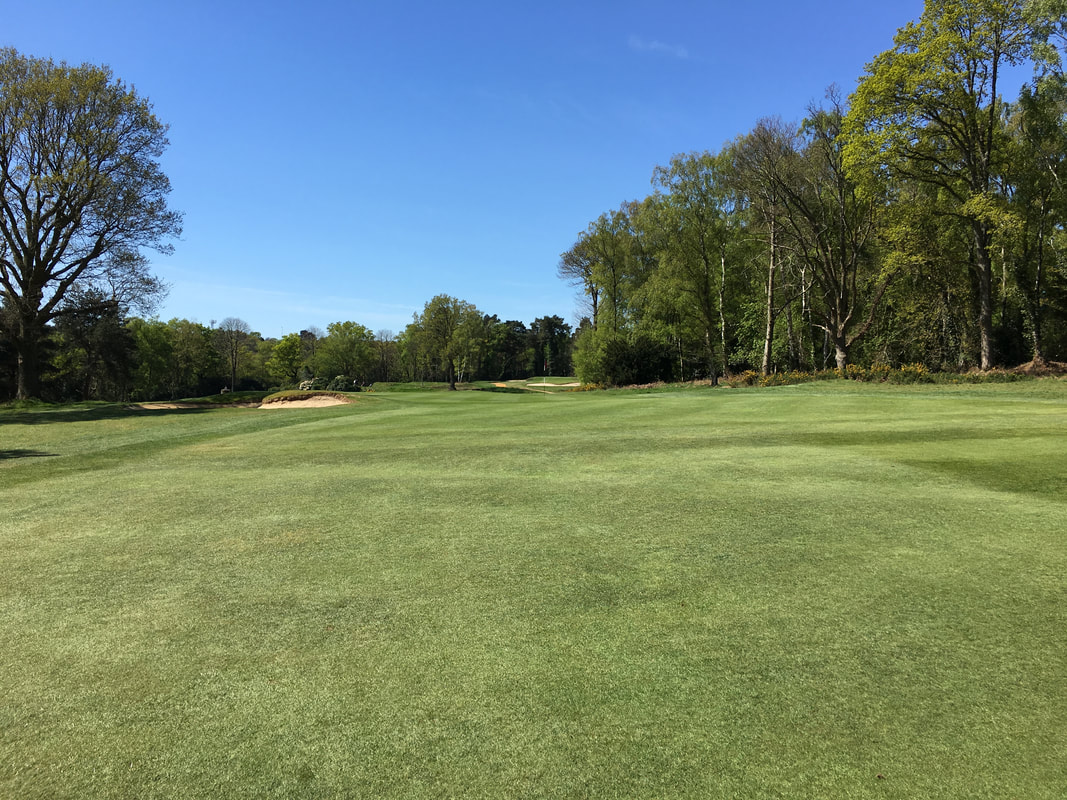
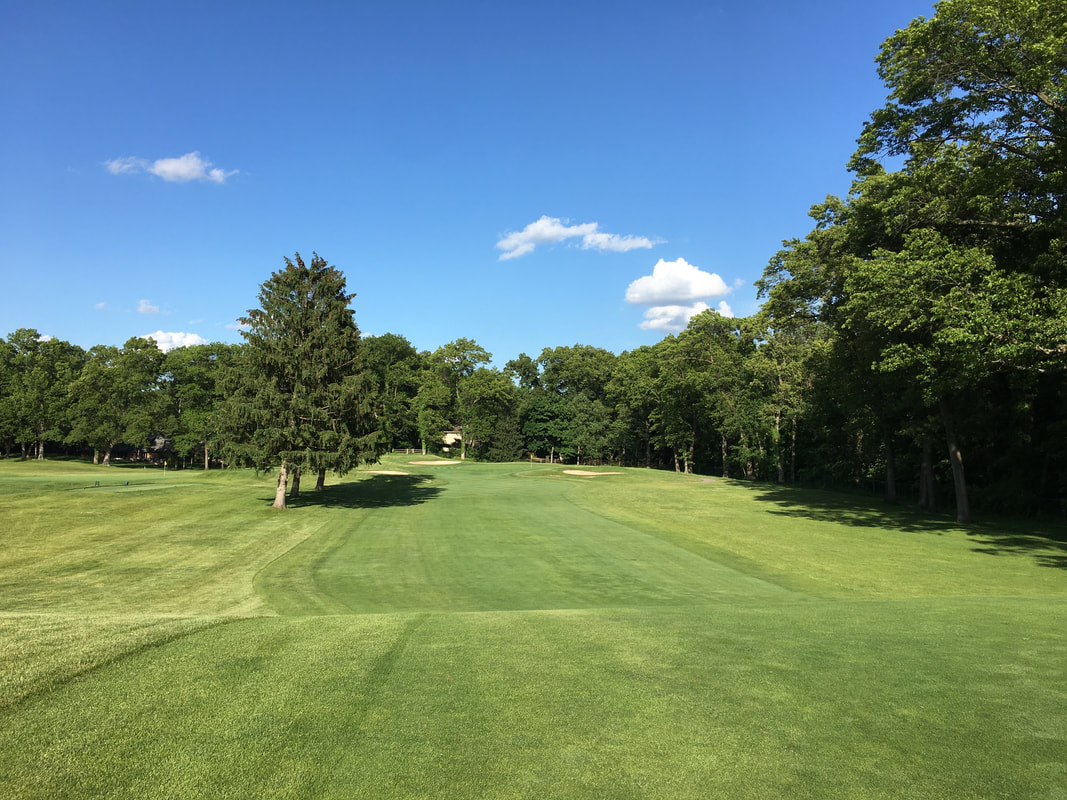
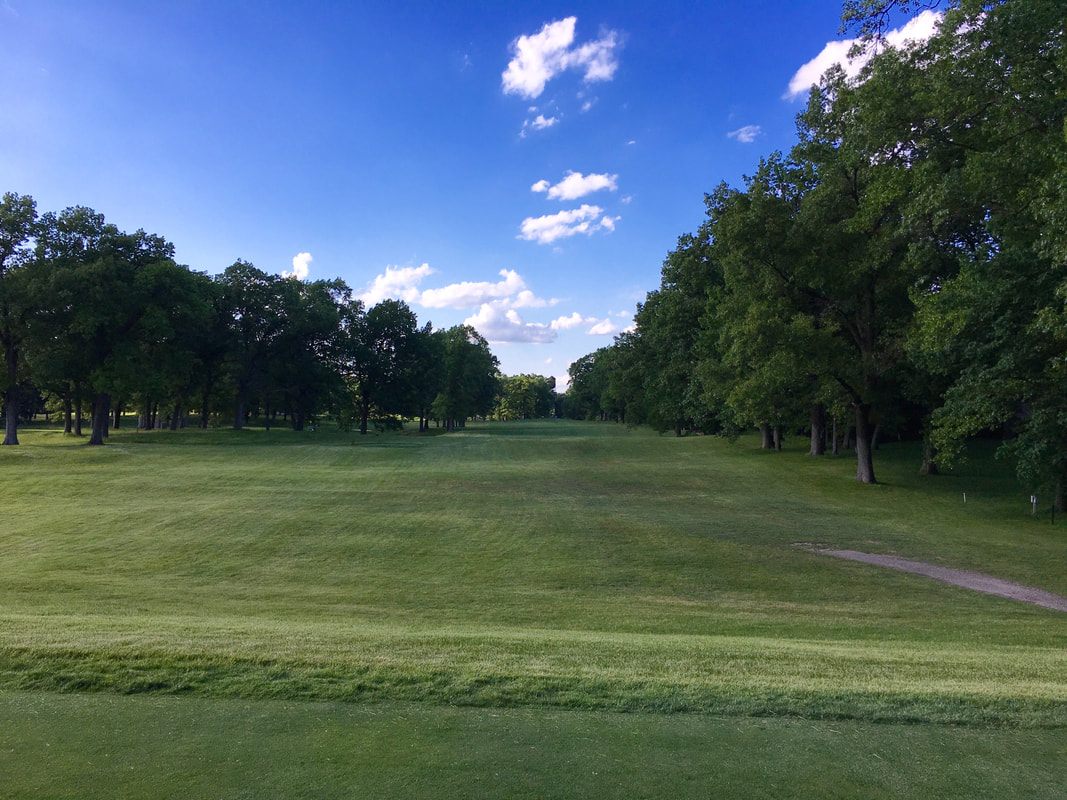
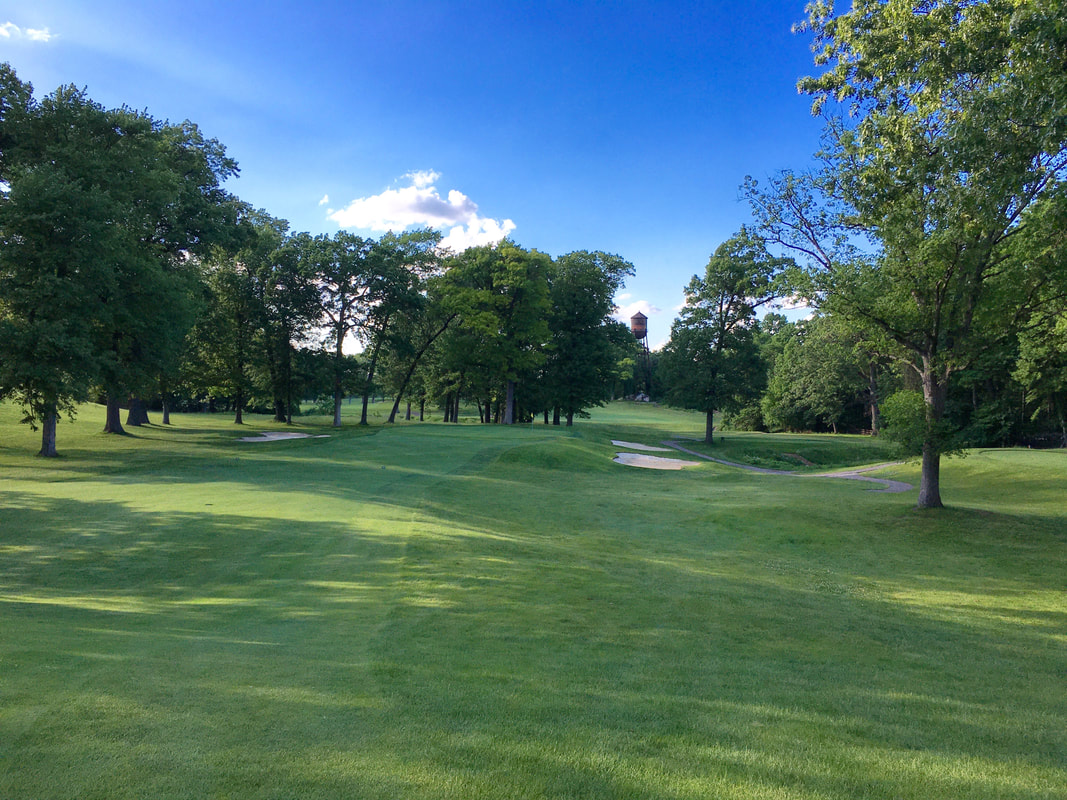
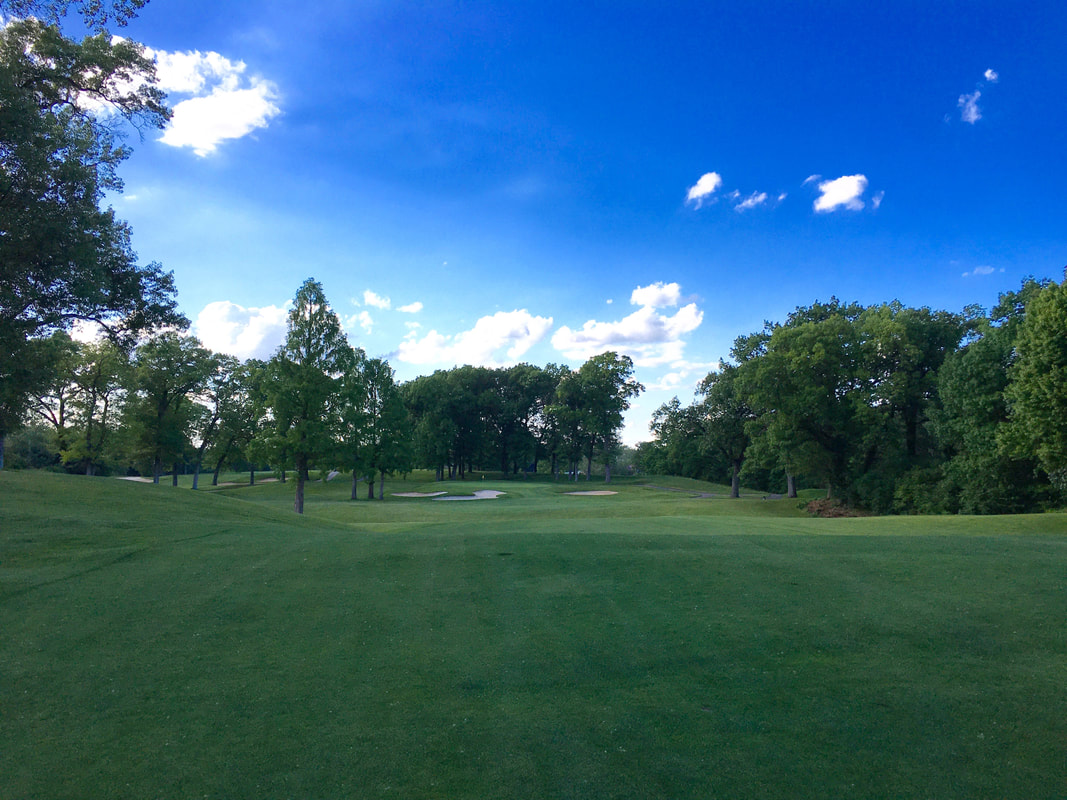
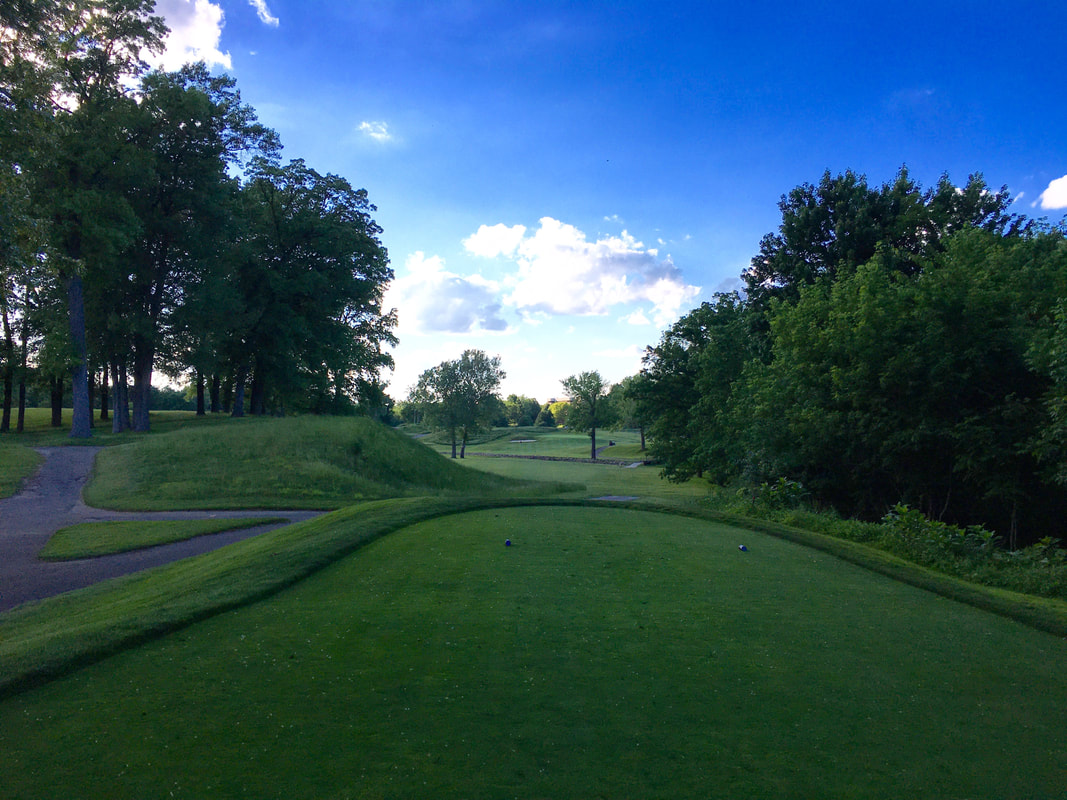
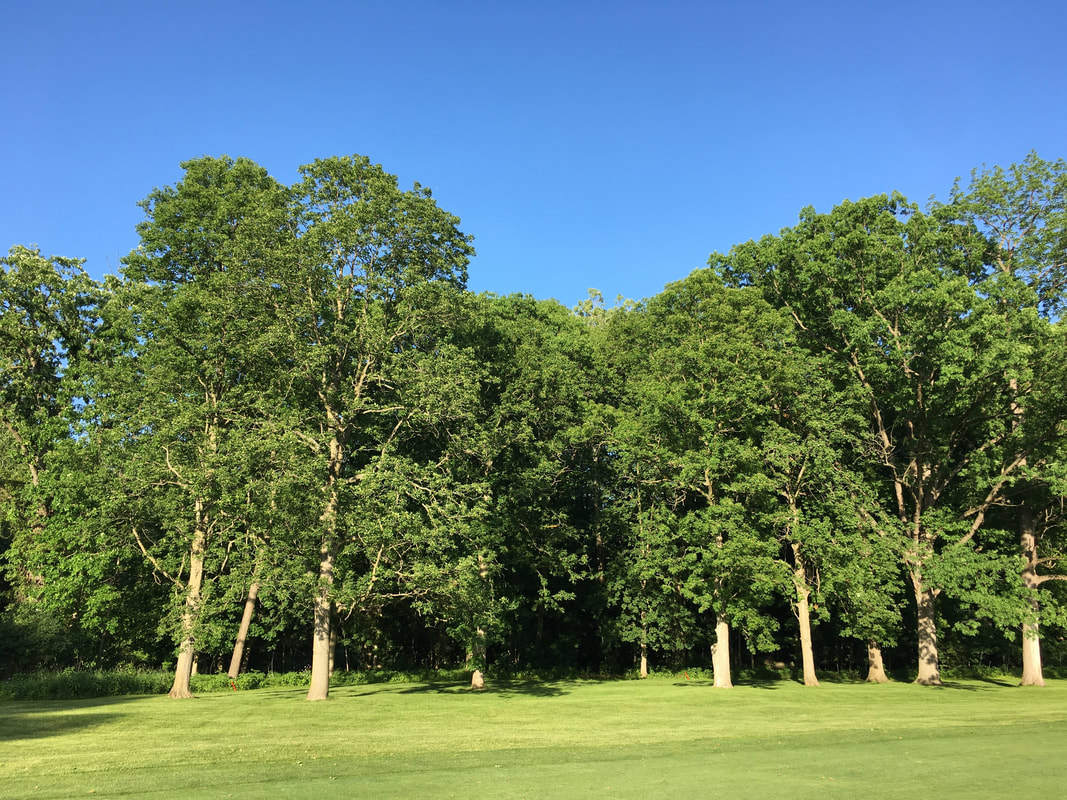
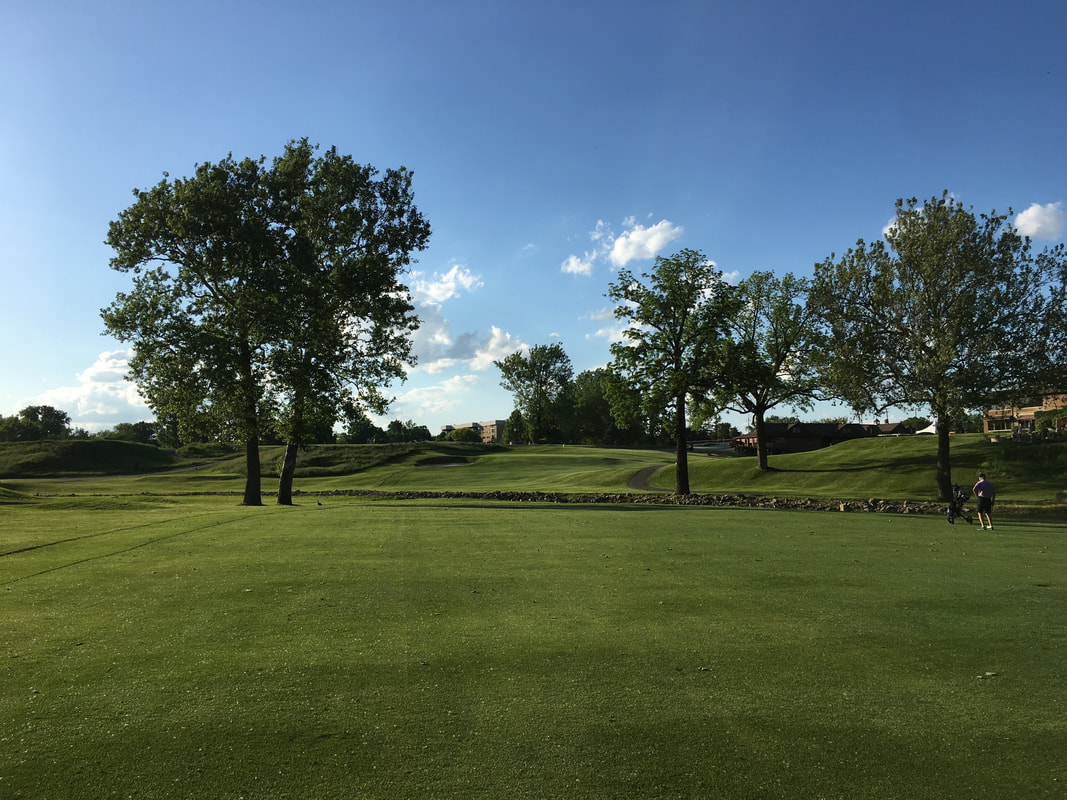
 RSS Feed
RSS Feed